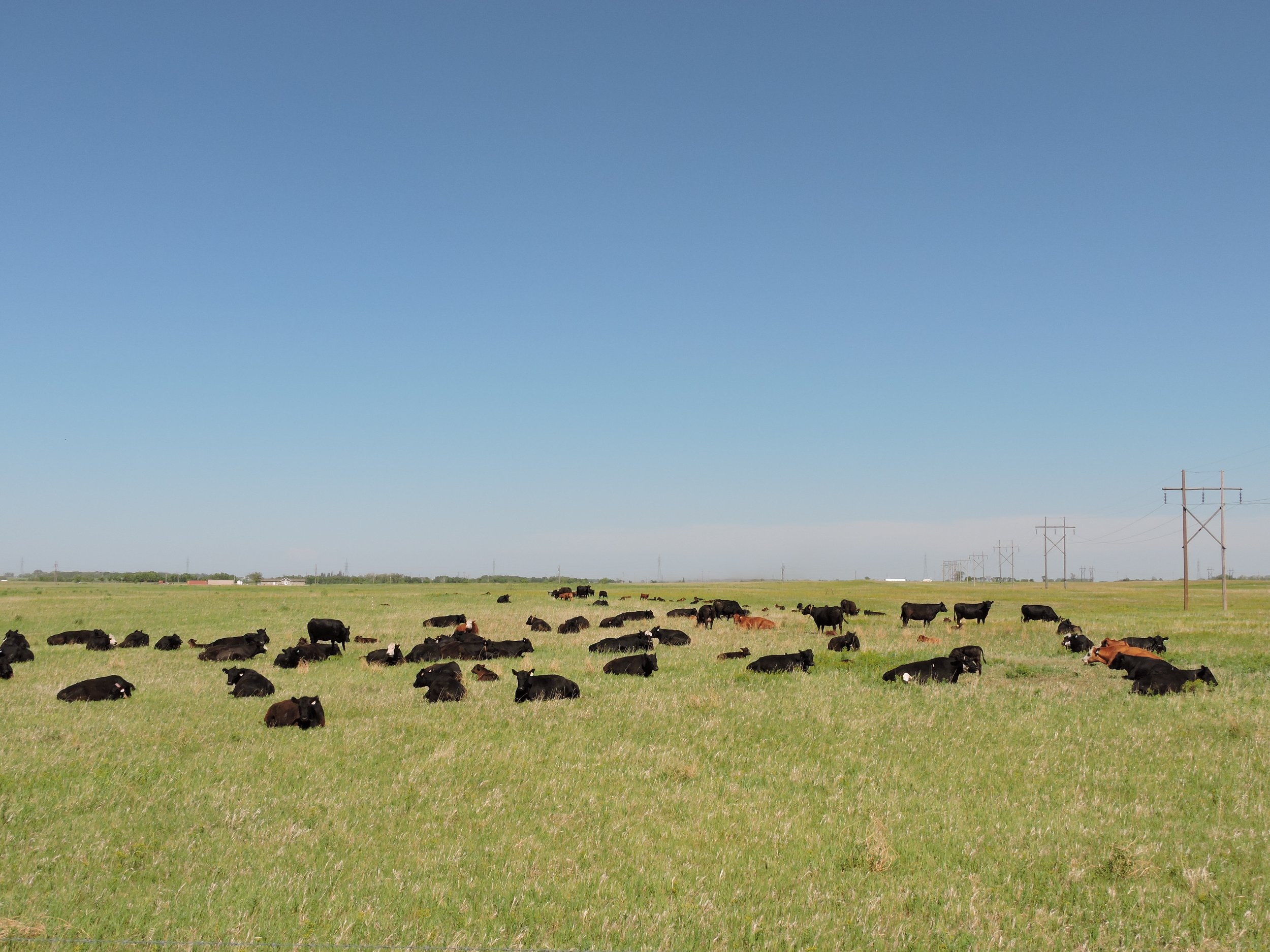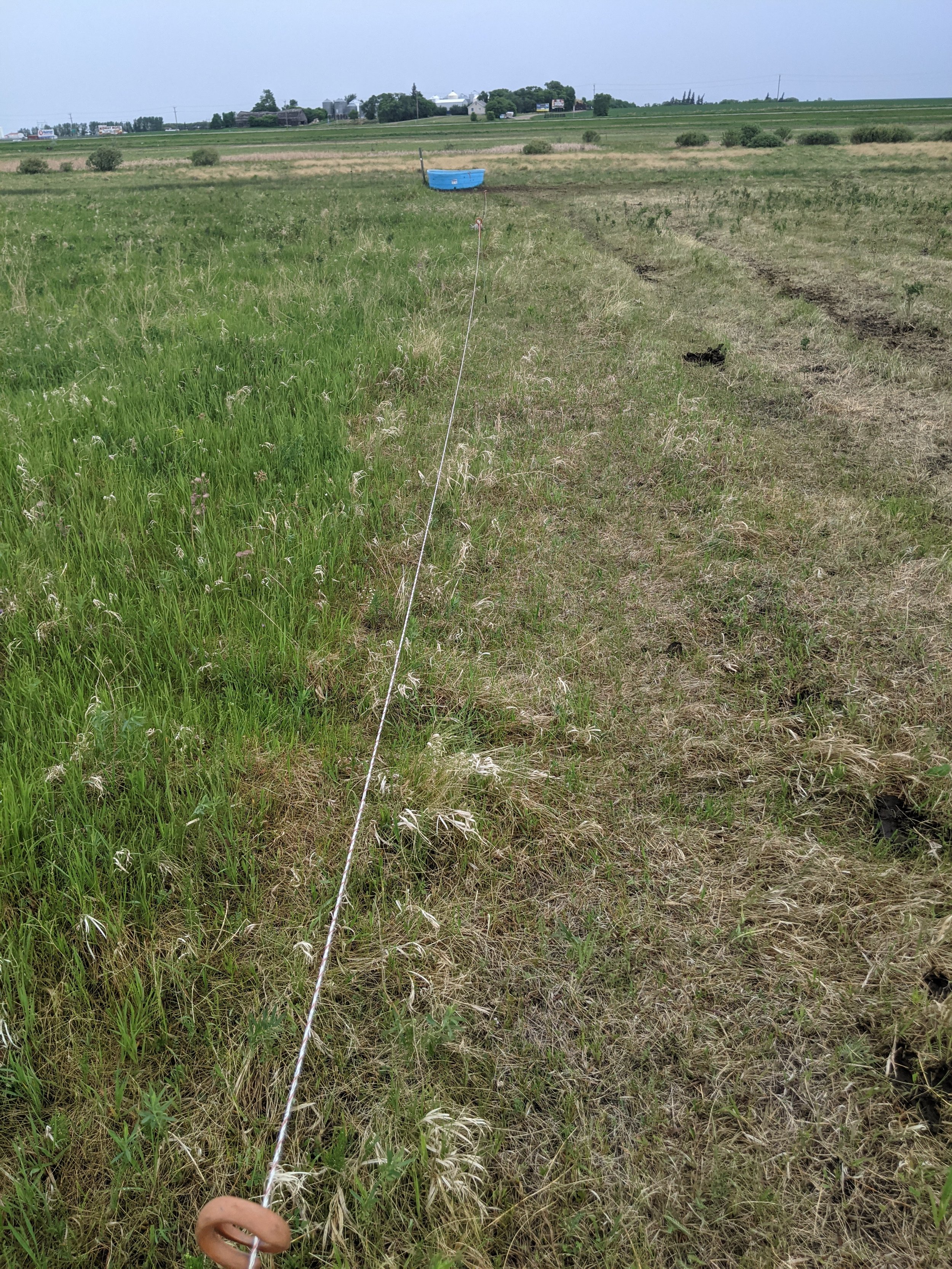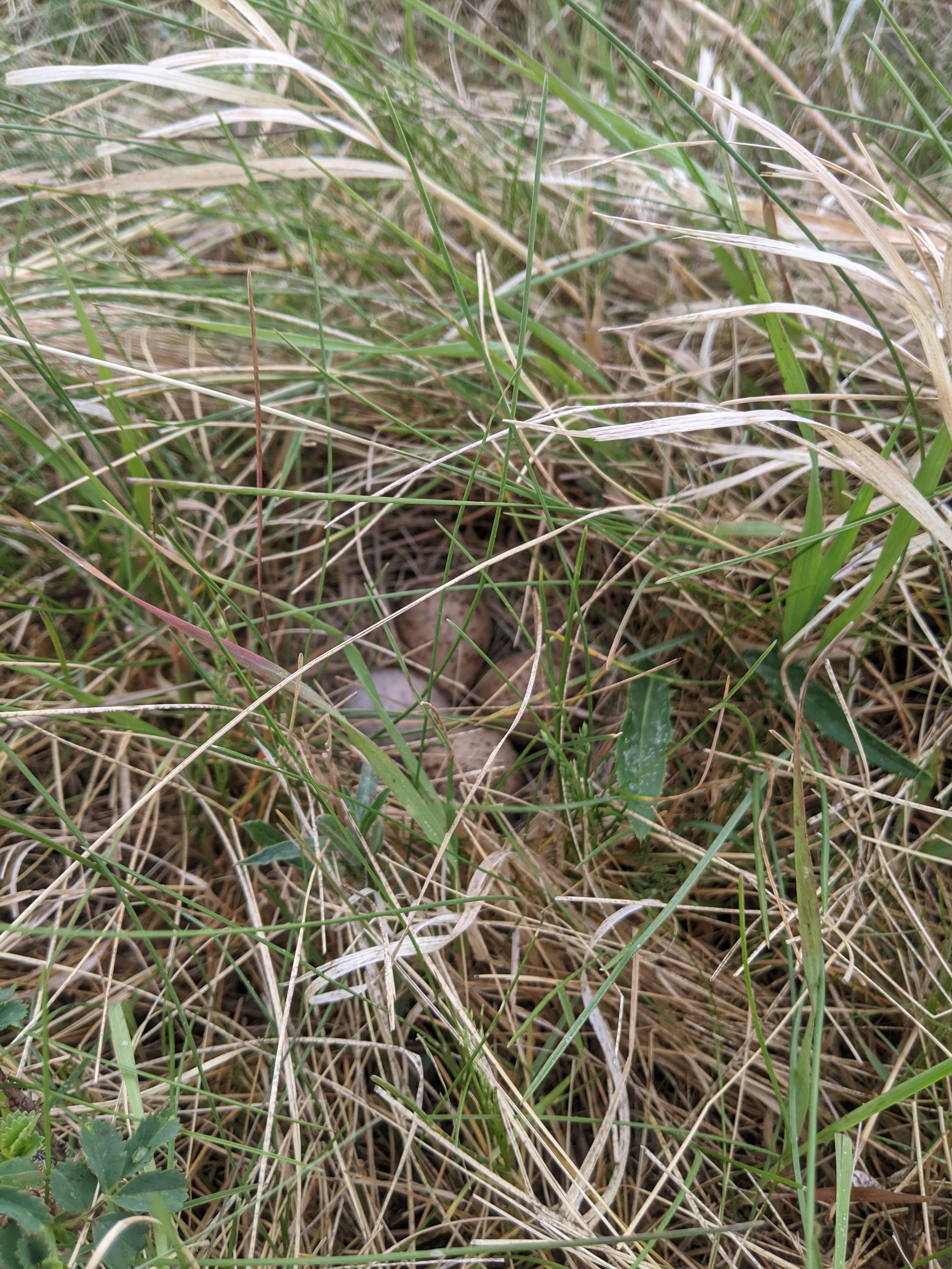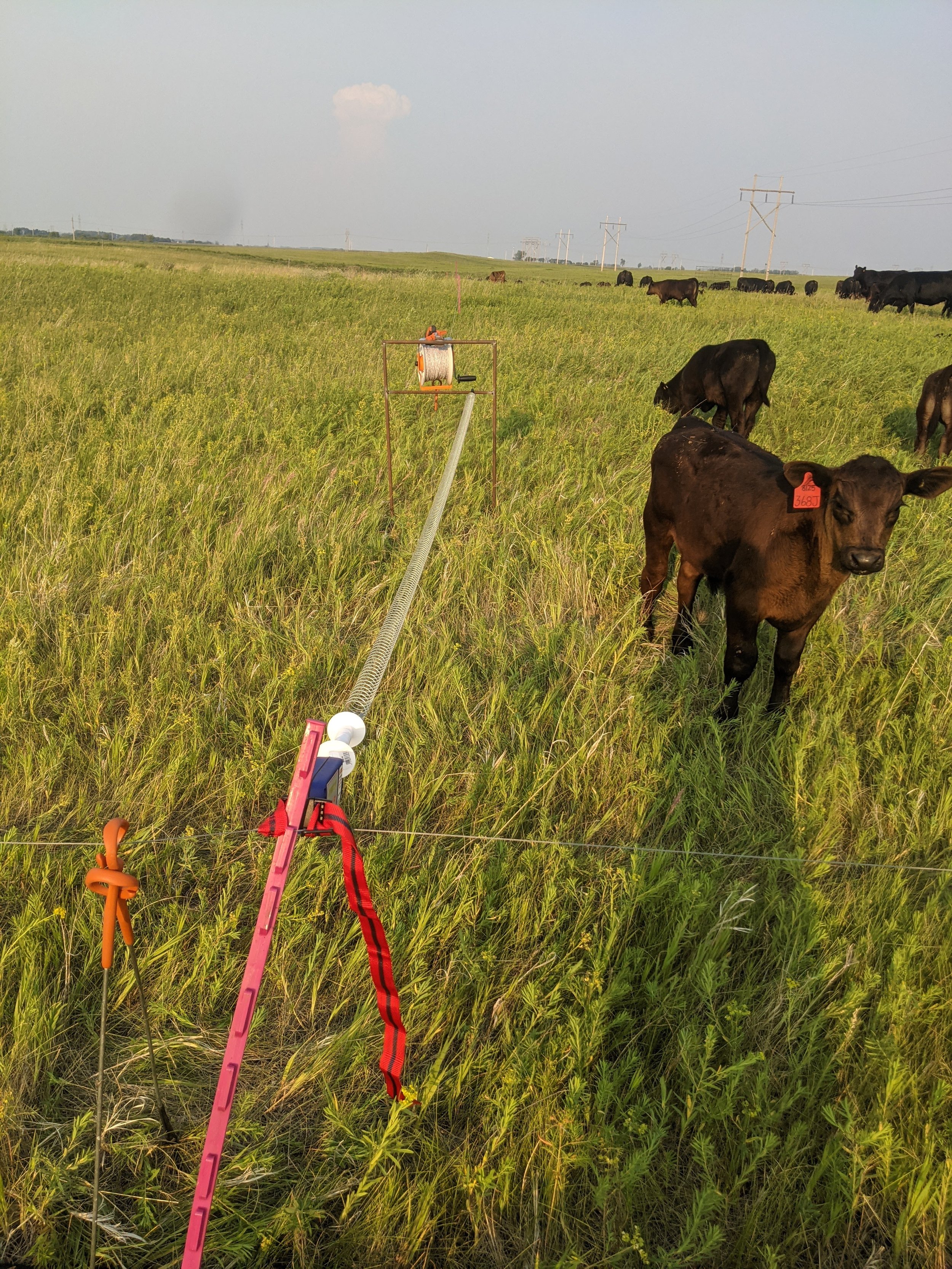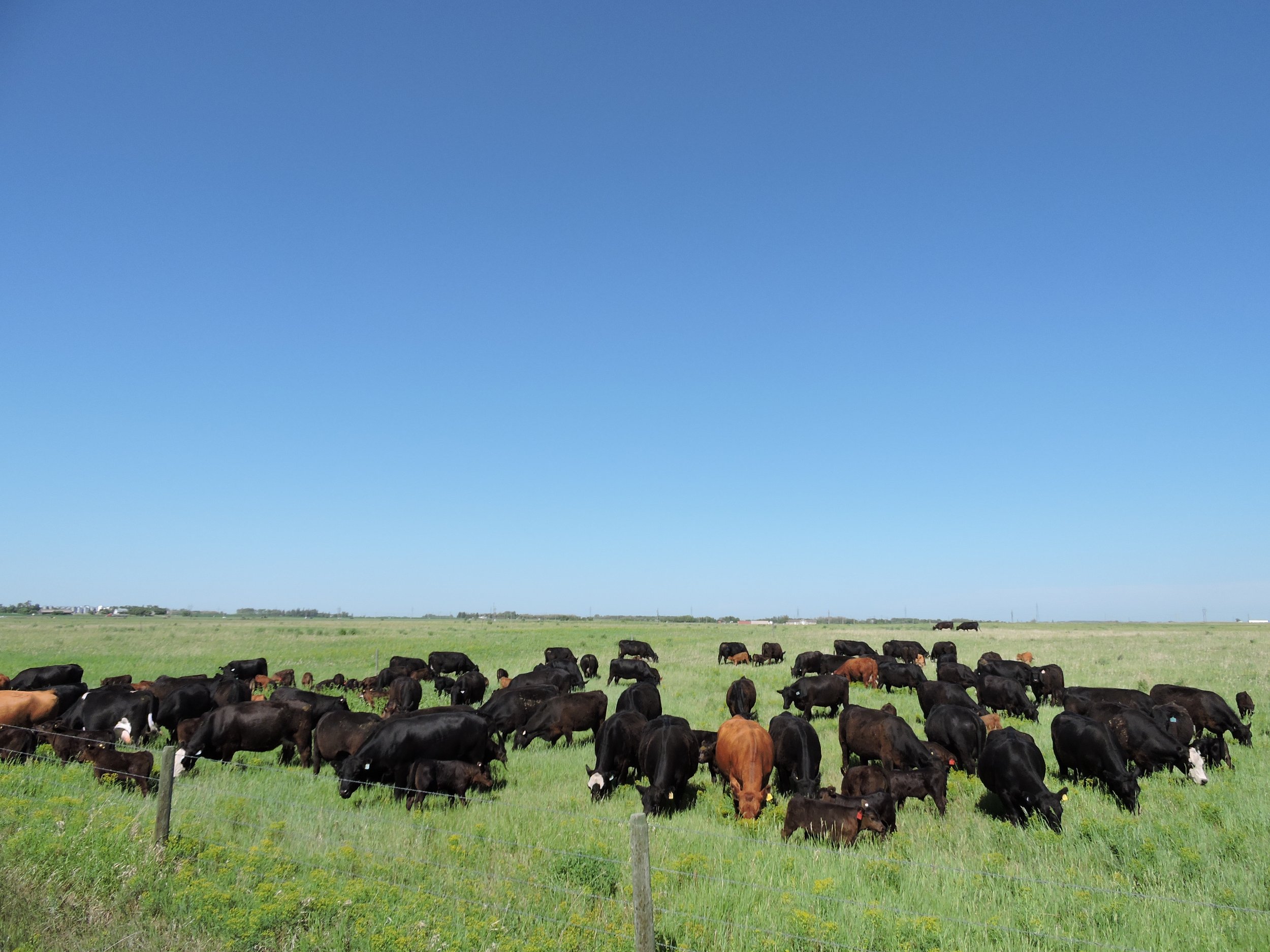Back to Research & Demonstration
Management techniques for grazing & improving marginal pasture
Project Details
Project Lead: Jane Thornton (Manitoba Agriculture - retired), Mae Elsinger (Agriculture and Agri-Food Canada)
Years: 2015-2021
Project Status: Complete
Funding & In-Kind Support: Canadian Agricultural Partnership, Growing Forward II, Agriculture and Agri-Food Canada
Location: First Street Pasture
Scope: Demonstration
Keywords: Grazing Management, Livestock Performance, Perennial Forages
Approach
A simple low-cost rotational system has been operating since 2015. A mob grazing paddock was implemented in 2019. Pasture and livestock performance are monitored.
Key Findings
Forage Yield:
Forage yield is highly dependent on precipitation
This effect makes it hard to determine if forage yield has improved since starting grazing rotations
Mob grazing:
Not enough data yet to tell if mob grazing improved forage yield.
Forage Quality & Livestock Performance:
Forage is mostly grassy and doesn’t meet nutritional standards without mineral supplementation and additions of legumes to pasture
However, cows are generally maintaining condition and successfully raising calves
Stocking Rates & Carrying Capacity:
Stocking rates have generally increased in 2015
Stocking rates have never reached the long-term carrying capacity
Livestock Distribution:
Litter indicates some areas are underutilized
Cattle congregate at water sources, treed areas, gates, and favoured grazing areas. Cattle did not congregate at mineral feeders
Partitioning Paddock H did not change cattle distribution
Annual forage yields on representative (modal) sites and moist sites at First Street Pasture from 2015 to 2020. Precipitation data from Environment and Climate Change Canada - Brandon Airport Station.
Grazing collar data maps are from 2 cows in Paddock H. This paddock was grazed as a unit in spring (a) but partitioned down the centre in August (b). Grazing periods were 7 and 4+3 days.
Full Reports:
2020 Interim Report:
2019 Interim Report:
2017 Final Reports:
2016 Interim Reports:
Low cost management techniques to improve pasture production
Effects of a simple rotational grazing system on forage production and soil fertility
2015 Interim Reports:
Related Projects at MBFI:
Industry Resources:
Grazing Management - BCRC
Nutrition in Beef Cattle - BCRC
Is it Time to Start Grazing - video by Manitoba Agriculture


